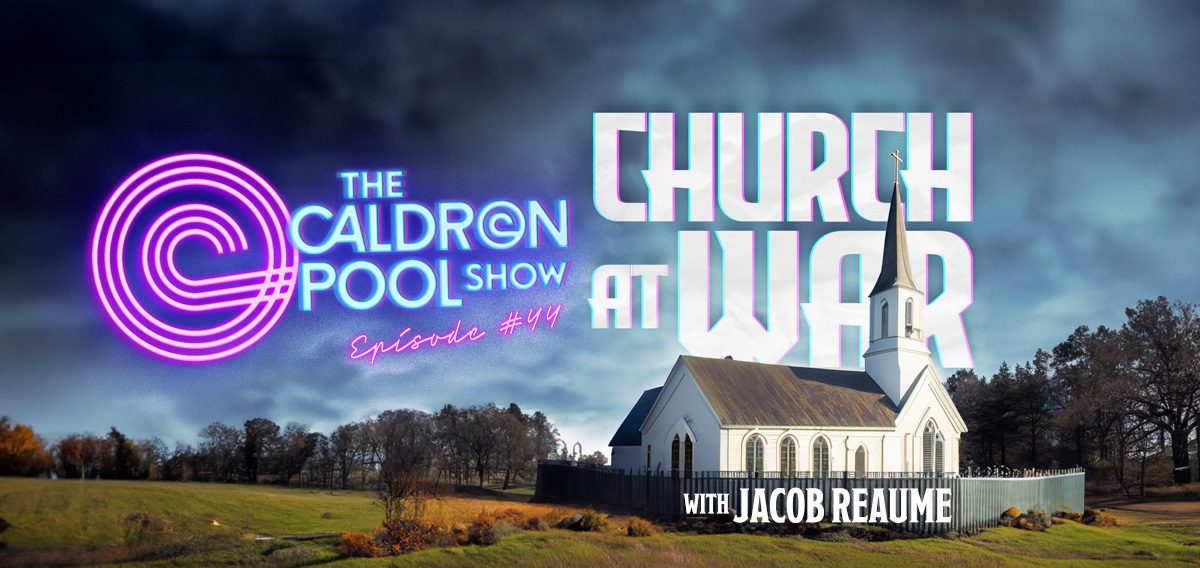The children leaned forward. They crowded around my knees as I read. Their faces were full of wonder. This is what a teacher lives for – full engagement, little humans hanging off every word.
It was a Tuesday morning and I was in my year 3/4 scripture class. We were talking about the resurrection of Jesus and how all those who belong to Christ will be raised to glory, just like Jesus was. I had taken them from Luke 24 to 1 Corinthians 15 and had just opened up Revelation 21 and 22.
‘Then I saw a new heaven and a new earth, for the first heaven and the first earth had passed away, and the sea was no more… And I heard a loud voice from the throne saying, ‘Behold, the dwelling place of God is with man. He will dwell with them, and they will be his people, and God himself will be with them as their God. He will wipe away every tear from their eyes, and death shall be no more, neither shall there be mourning, nor crying, nor pain anymore, for the former things have passed away.’ (Rev 21:1, 3-4, ESV)
This was the passage I was reading as the children crowded around me, their eyes opened wide.
‘God is going to make everything new,’ I said. ‘Does that sound good?’
Nods and sounds of affirmation.
‘But only those who belong to Jesus will be in this new creation,’ I added.
Immediately, the naughtiest child in the room asked, ‘How do I know if I’m trusting in Jesus?’
Beauty is that which we ought to delight in and long for. It is a difficult concept to nail down, which may in part be why it is treated as subjective these days.
But I believe that beauty is something which God has woven into the world in order to evoke delight and longing in our souls. We gaze at a waterfall in wonder and that makes us want more beauty. It is an insatiable appetite and that is a design feature.
I began this article with a story because I wonder if we could use appeals to beauty in our preaching. It was fascinating how the children in my Scripture class were drawn in to John’s vision of the new creation. It was amazing to watch a child who is usually disinterested have a desire to know if he would get to gaze at the glory of the new world.
In our modern, industrial, scientific age, we often think that rational arguments are the best way to engage people even if that rational argument is based on scripture rather than natural logic.
I am not arguing for irrational arguments, but I am advocating for another line of appeal to be added to our repertoire.
At a recent funeral I was asked to preach at, I realised that I did not have to make a rational argument for the resurrection. When we lower a human body into the soil, every bone and fibre of our being screams out that this scenario is wrong. That is why we cry. That is why we struggle to comprehend. Humans do not belong six feet under.
What if, at a funeral, instead of logically arguing for the resurrection, you simply presented the glorious view of the new creation that so captivated my scripture class? Paint the picture in as graphic detail as your nouns, verbs and adjectives allow.
I believe that our human souls spring at the sight of the resurrection. Our souls gather around this image and gaze at it in wonder. We know that this is glory; the new creation is beautiful and our spirit longs for it.
Once the human soul is captured by the sight of beauty, rational, careful, biblical arguments can follow to ground that desire and give it reason.
Our life grows heavy with sorrow. Tangles of sin, broken relationships and ever-failing attempts to rise from the muddy mire. Nevertheless, we drag ourselves out of bed on Sunday morning to hear the preacher’s words.
‘Come to me, all who labour and are heavy laden, and I will give you rest.’ (Matt 11:28, ESV)
As the preacher depicts a life of labour and weariness, with all of its disappointment, conflict and bitterness, we see our own life in his portrayal.
‘Life without Christ,’ he declares, ‘is like a sheep who was stuck in the mud. His feet had sunk deep so that his belly lay flat with the ground. The rain and the muck soaked into his fleece. His spirit was forlorn and dejected. His muscles were powerless against this weight, this load, this burden. Straining to get up, hoofs clawing uselessly at the mud, the sheep drew shaky breaths as he forsook all hope.’
‘Imagine the relief when the shepherd comes. With his shears in hand, he takes a handful of sodden wool, shaving it off with the blade. With each cut, a weight is released. Cut after cut, the shepherd labours long to give the sheep its freedom. With feet firmly on solid ground, he grips the hapless sheep and pulls it free. For a while, the relief is overwhelming. The sheep feels like he could fly. His feet don’t even seem to touch the ground. This is freedom, this is rest, this is life with Christ.’
Beauty is not just aesthetic. It is not just something that can be perceived with the senses of sight, hearing and taste. Beauty is all-encompassing.
There is intellectual beauty. There is spiritual beauty. There is the beauty of holiness. There is the glory of human experience.
Love can be beautiful. Freedom can be beautiful. Life can be beautiful.
What if we presented the glories of Christ as self-evidently beautiful? In addition to explaining them rationally and biblically, what if we displayed Christ and the gospel as a beautiful artwork or scene that grips our hearers’ hearts, hooking their desires and creating a longing for more?
What if we are ‘moved to goodness by its beauty, to truth by its goodness, and to Being (God) by its truth’[1]? Would that change the way we preach?
[1] Lewis’ Philosophy of Truth, Goodness and Beauty by Peter Kreeft in C.S. Lewis as Philosopher, p 33


















